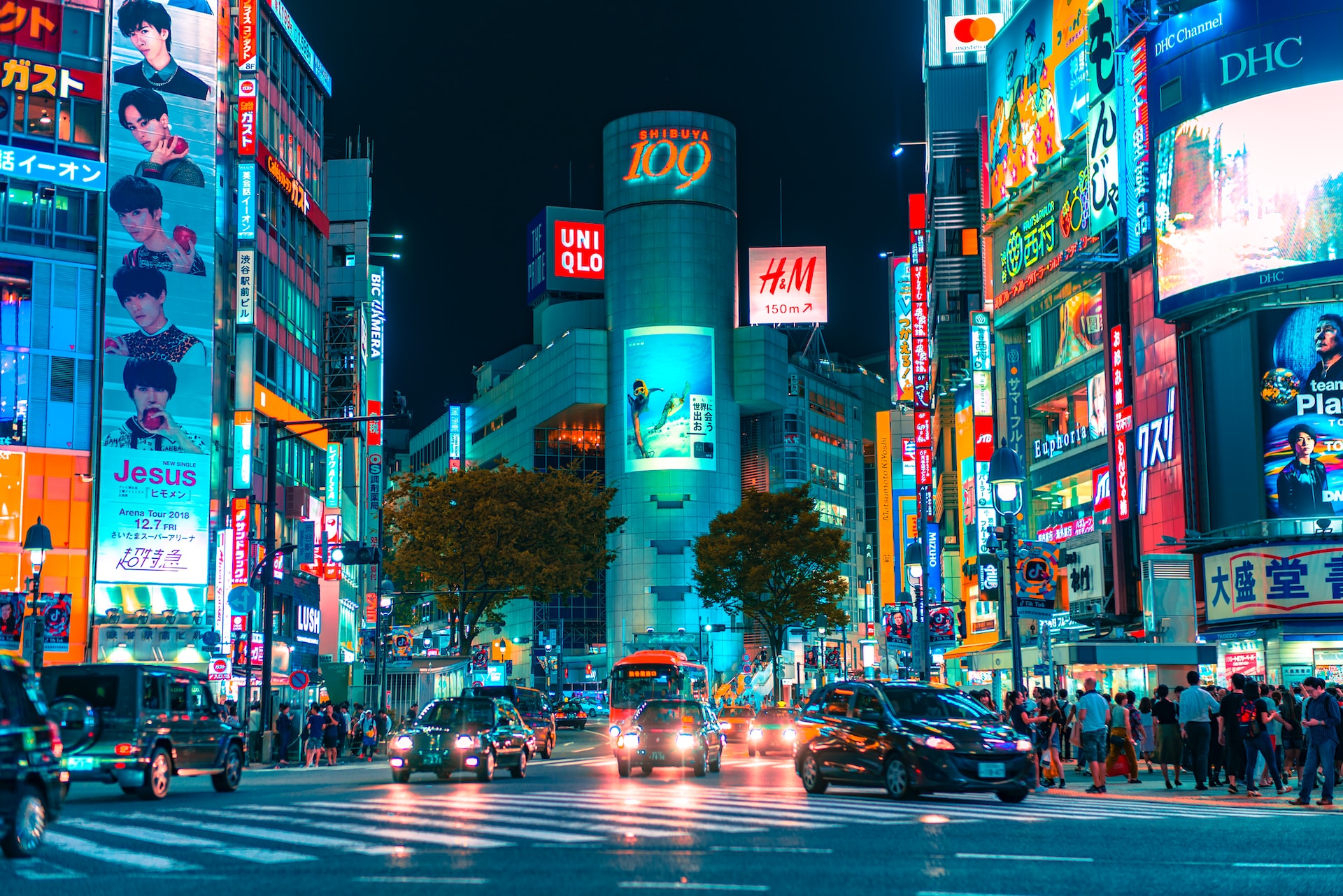Smart Cities – Another Climatic Parameter to Consider
Cities came to be as a center of trade, jobs, knowledge and learning. But cities of today are becoming larger than estimated, considerably stretching governance and utility systems of administrations.
Megacities—cities having more than 10 million inhabitants—are a common sight now. As per WorldData, there are presently 19 cities across the world that are megacities. At the top of them is Shanghai, with more than 24 million people. And it is still growing.
This growth poses a considerable stress on housing, food, public transportation and water, and sewage system. The close proximity of people also poses a health hazard, many experts opine. Urban population will continue to rise due to greater migration from both within the country and from outside it. There are many reasons to it. First is the changing lifestyle of rural people, wherein they now prefer their children to find a job in cities, rather than become a farmer. Second is better access to health, education and jobs in cities, than in rural areas, that make many migrate.
Cramped up, growing cities, are also faced with heavy impacts from changing climate. This is what went down with Jakarta. The city was regularly inundated with flooding from rising sea levels and heavy downpouring. These regular flooding also posed heavy damages for people, businesses and Indonesia’s government, as Jakarta is the capital of the country. The government of Indonesia at the start of 2022, passed a law to shift its capital from Jakarta to Borneo. This massive relocation is expected to cost $32 billion and is scheduled to be completed by 2045.
Smart Cities
Urban planners are considering a variety of ways to tackle the growing issue around city planning. Smart cities have been considerably mulled upon as a viable solution. In layman terms, smart cities use data, connectivity and emerging technologies to better service the needs of its residents.
Smart cities are using connected traffic systems to decongest traffic, reducing pollution and ensuring faster travel time. Meanwhile, some smart cities are striving to take it a notch higher by investing in EV (electric vehicle) charging infrastructure. By 2019 China already boasted of more than 466,000 public charging points, which is seven times more than what US had. China is also the largest EV market in the world, accounting for more than half of global EV sales.
Singapore is embarking on an ambitious plan to develop a smart city in a 700-hectare area. It will have centralized cooling, along with automated trash collection and a vehicle-free town center. The planners are also akin in ensuring that the design of this new city does not destroy the biodiversity of the area by providing an ecological corridor for wildlife to co-exist.
Challenges to Smart Cities
Although smart cities are intended to do good, it is still overlooking the bigger question around rising temperature and swelling sea levels. By either moving upland or by incorporating electric vehicles, it may be able to make a dent in the fight against climate change. Tackling growing warming will need significant more effort.
Smart cities also pose larger issues around inclusivity and security. Increasing interconnectedness—which is a pre-cursor to achieve smart city implementation—will also heighten the risk around cybersecurity incidents. Although smart cities will promote increased digital access it will threaten to further marginalize farmers, informal workers and indigenous people living in small towns, villages and poor urban neighborhoods.
Increasing sea levels will certainly impact major large cities living on its shores, particularly for cities such as Hong Kong, Mumbai, Singapore and many others across the world. Moving upland may seem a quick-fix, but how governments address the issues around legacy systems will prove critical. These systems had been developed over the course of decades and are vital to running a city.
Then there is also the cost factor. Gathering investments to fund developing a smart city is a difficult task, more so post the pandemic and ongoing supply chain debacle.
Moving Forward
Answers to the smart city riddle lies in a holistic approach that takes into account a people and environment-led approach. People should form the crux of any smart city development. Design, construction and governance of a smart city should incorporate social inclusion. Any design done on the smart city should incorporate living space for local flora and fauna.
Going about building a smart city by a single stakeholder—which is the government—is a herculean task. Governments should consider partnership with private players such as investors, developers and sustainability experts to ensure the resilience and viability of a smart city in the long run.
Photo Caption: Tokyo is consistently ranked among the top smart cities in the world



